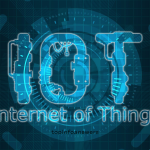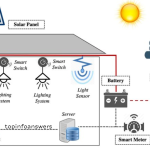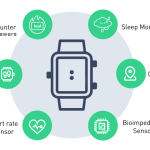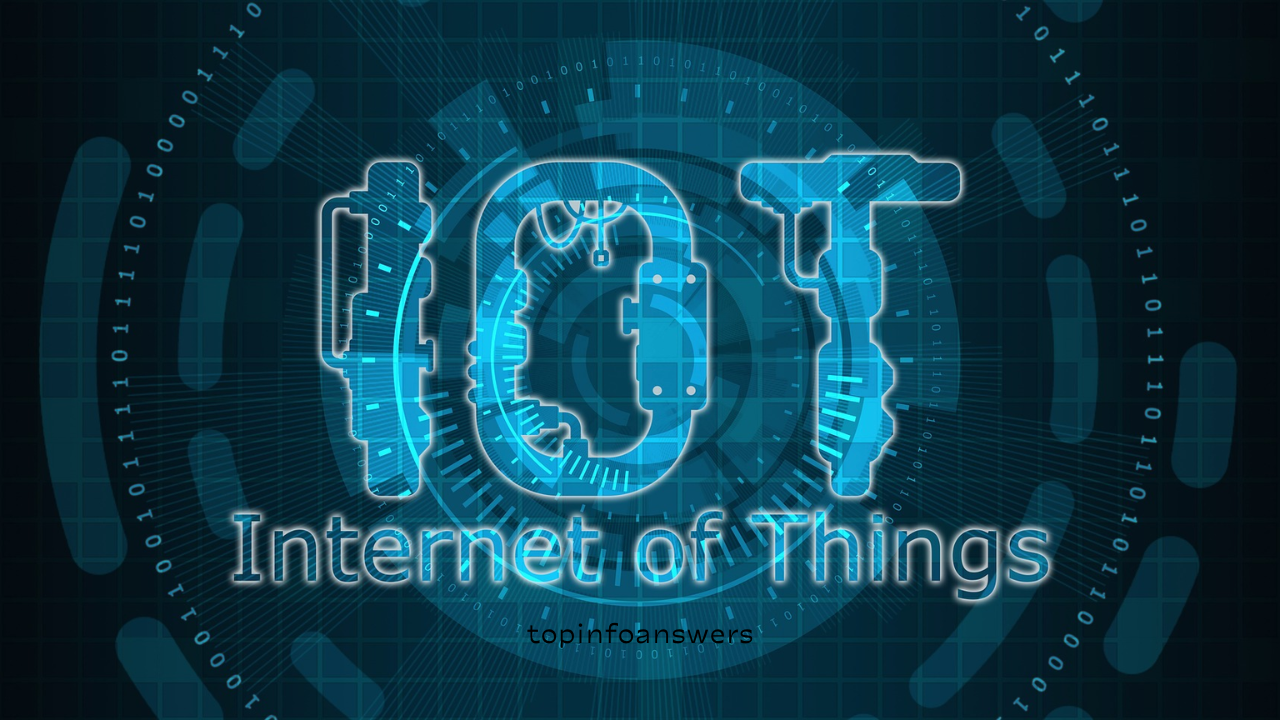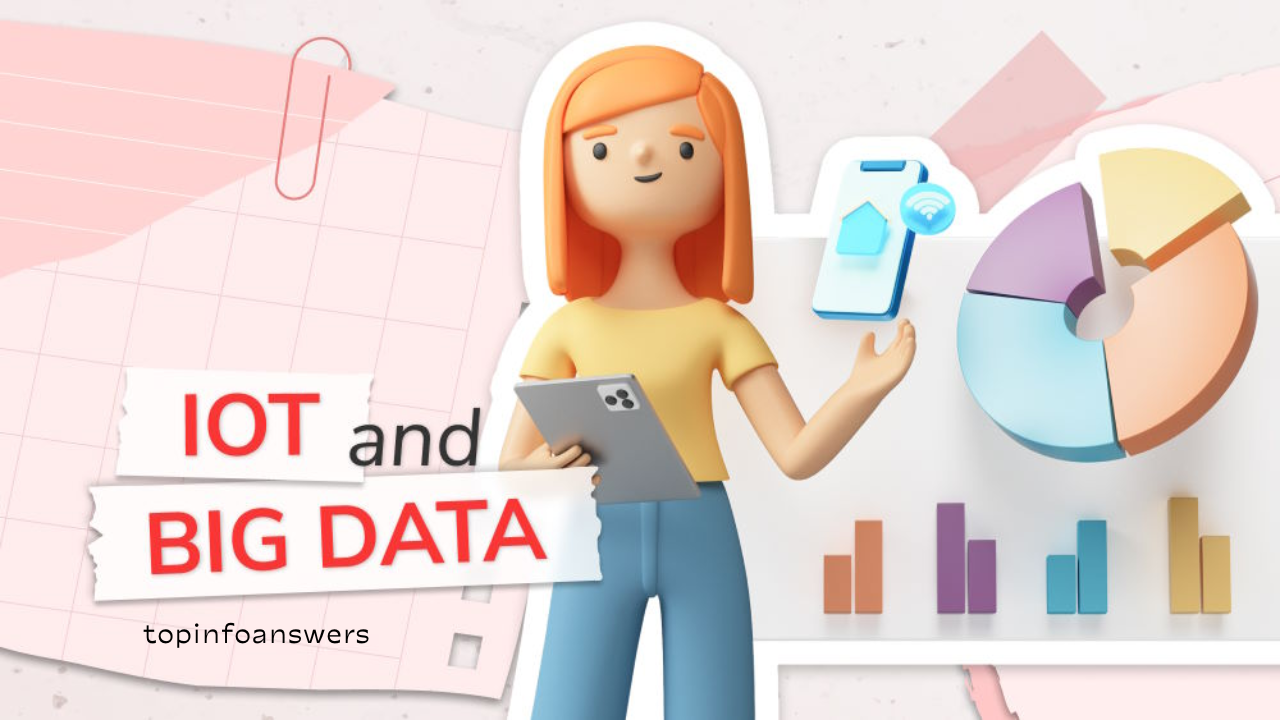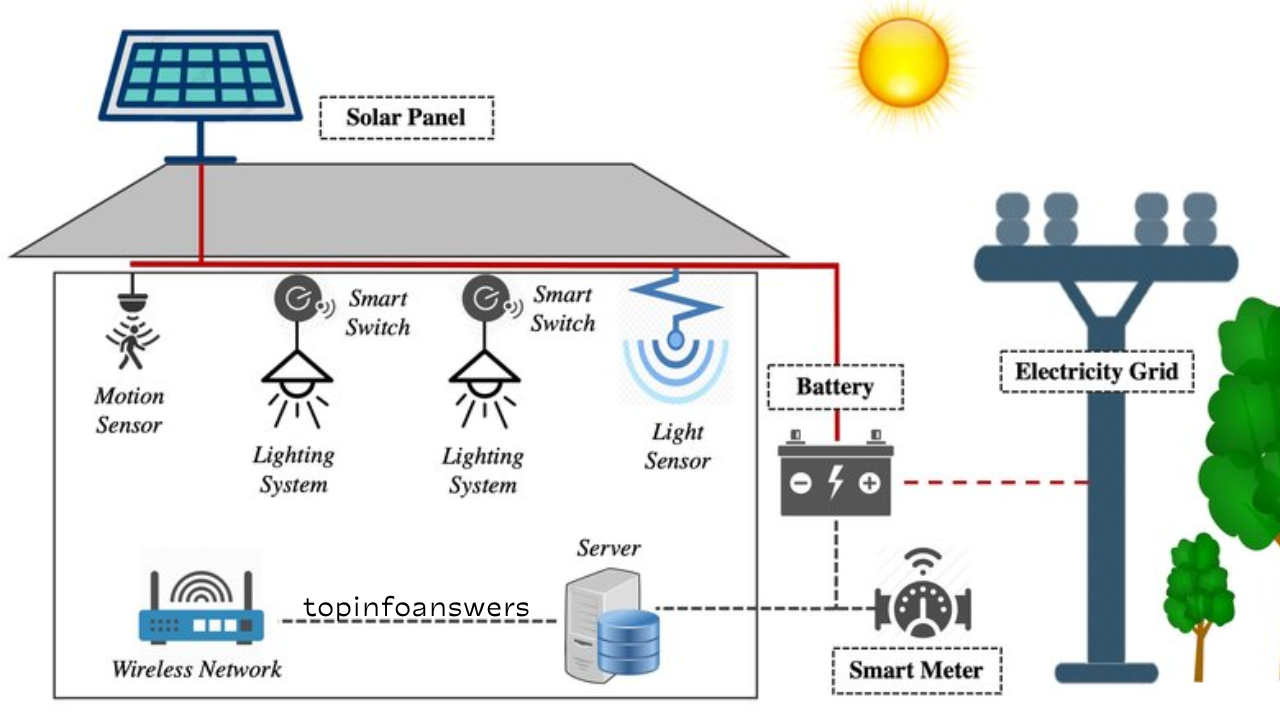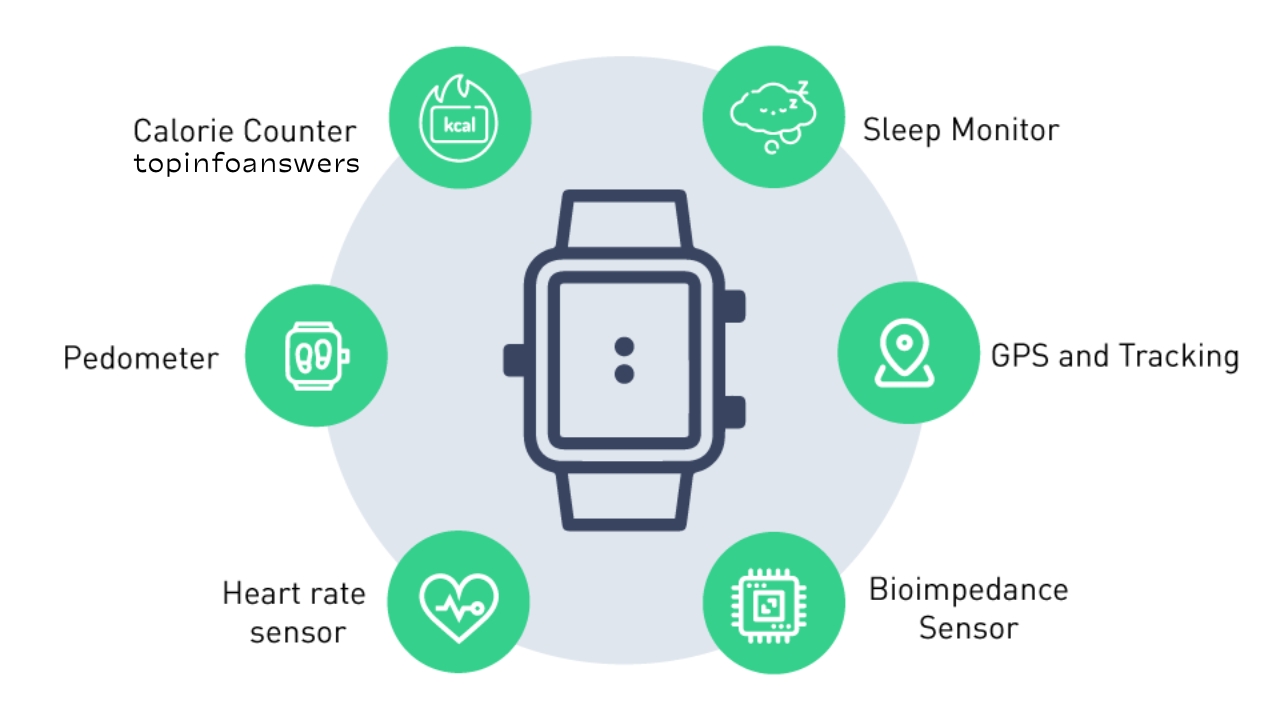The Internet of Things (IoT) has transformed numerous industries, but perhaps its most groundbreaking application is in autonomous vehicles. The integration of IoT in self-driving cars is revolutionizing transportation, offering enhanced safety, efficiency, and convenience. As the automotive industry continues to innovate, IoT plays a critical role in enabling vehicle-to-vehicle (V2V) and vehicle-to-infrastructure (V2I) communication, real-time data processing, and predictive maintenance. This article explores the potential of IoT in autonomous vehicles, discussing its impact on safety, efficiency, connectivity, and future developments.
The Role of IoT in Autonomous Vehicles
Autonomous vehicles rely on a complex network of sensors, cameras, and AI-driven systems to navigate safely. IoT enhances these capabilities by enabling seamless connectivity between vehicles, infrastructure, and cloud computing systems. Some key roles of IoT in self-driving cars include:
- Data Collection and Processing – IoT devices gather vast amounts of real-time data from sensors, LiDAR, radar, and GPS.
- V2V and V2I Communication – Vehicles exchange information with each other and with roadside infrastructure to avoid collisions and optimize traffic flow.
- Predictive Maintenance – IoT monitors vehicle health and alerts drivers or fleet managers about potential issues before they cause breakdowns.
- Enhanced Navigation and Traffic Management – IoT-based GPS and mapping systems help self-driving cars navigate efficiently while avoiding congestion.
- Improved Passenger Experience – Smart entertainment, personalized settings, and real-time updates enhance the in-car experience.
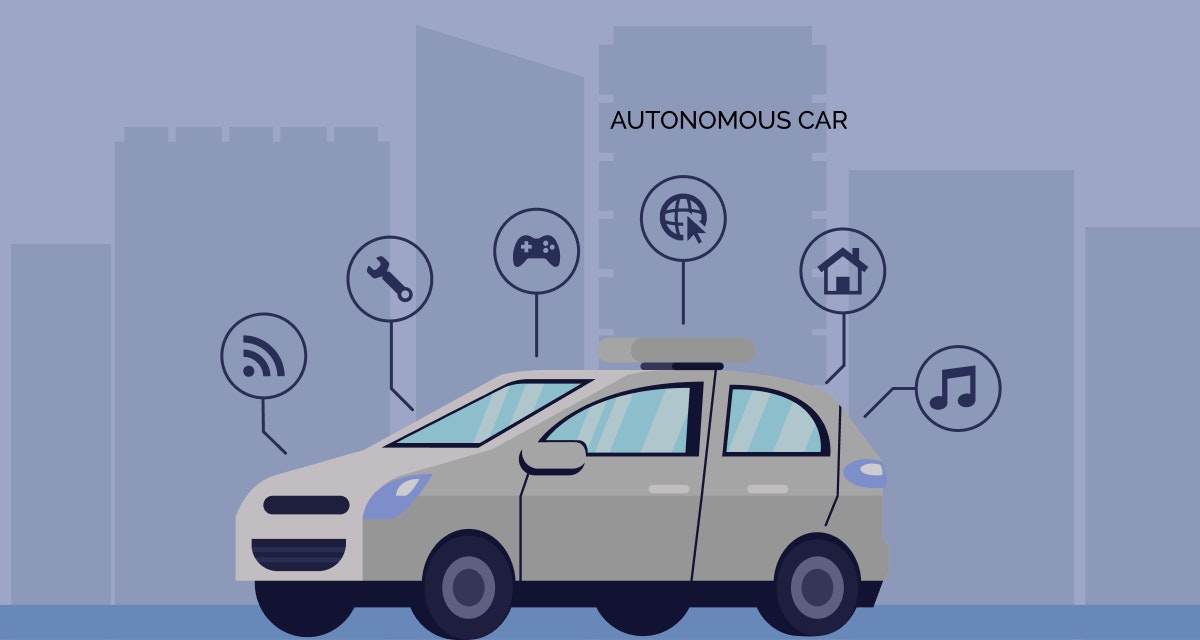
IoT-Enabled Safety Features in Autonomous Vehicles
One of the most significant advantages of IoT in self-driving cars is improved safety. Traditional human-driven vehicles are prone to human errors, which cause the majority of road accidents. IoT helps mitigate these risks through advanced safety features:
1. Collision Avoidance Systems
IoT enables vehicles to communicate with nearby cars, traffic signals, and road infrastructure to predict and prevent collisions. Advanced Driver Assistance Systems (ADAS) use IoT sensors to detect obstacles and take corrective actions.
2. Real-Time Monitoring of Road Conditions
IoT allows self-driving cars to access real-time data on road conditions, weather, and traffic patterns. This information helps autonomous vehicles adjust speed, reroute, or take necessary safety precautions.
3. Emergency Response Systems
In case of an accident, IoT-connected vehicles can automatically send alerts to emergency services, providing real-time location and severity details, which can save lives by reducing response time.
IoT and Efficiency in Autonomous Vehicles
Beyond safety, IoT significantly improves vehicle efficiency by optimizing fuel consumption, reducing congestion, and enhancing fleet management.
1. Smart Traffic Management
IoT-enabled smart traffic signals and AI-powered navigation systems help autonomous vehicles avoid congested areas, reducing travel time and fuel consumption. Cities can implement adaptive traffic control systems that respond to real-time traffic conditions.
2. Energy Efficiency and Sustainability
Electric autonomous vehicles (EVs) benefit from IoT by optimizing battery usage, predicting energy consumption, and integrating with smart grids. Fleet managers can use IoT to schedule charging times during off-peak hours to reduce costs.
3. Fleet Optimization for Commercial Use
IoT-driven analytics allow ride-sharing and delivery companies to monitor fleet performance, optimize routes, and minimize downtime. Predictive maintenance ensures that vehicles remain in peak condition, reducing unexpected repairs.
Connectivity and IoT in Autonomous Vehicles
Connectivity is at the heart of IoT-powered autonomous vehicles. Various forms of connectivity contribute to the overall functionality and intelligence of self-driving cars.
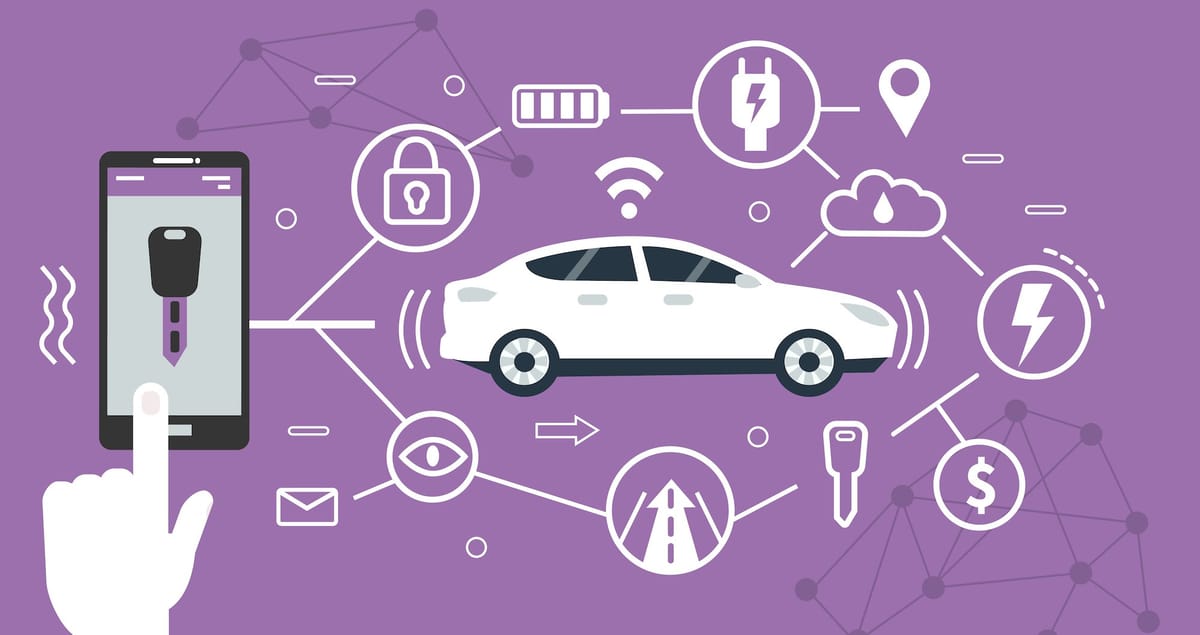
1. 5G and Edge Computing
The introduction of 5G networks has revolutionized IoT in autonomous vehicles by enabling ultra-fast data transmission. Edge computing allows data to be processed closer to the source, reducing latency and ensuring real-time decision-making.
2. Cloud-Based IoT Solutions
Cloud computing plays a vital role in autonomous vehicles by storing, processing, and analyzing vast amounts of data. Vehicle-to-Cloud (V2C) communication allows updates, remote diagnostics, and software improvements over-the-air (OTA).
3. Cybersecurity in Connected Vehicles
As connectivity increases, so does the risk of cyber threats. IoT-powered autonomous vehicles require robust cybersecurity measures to protect data, prevent hacking, and ensure safe vehicle operation.
Challenges and Limitations of IoT in Autonomous Vehicles
While IoT holds immense potential, there are challenges that need to be addressed for widespread adoption.
1. Data Privacy and Security Concerns
With the collection of massive amounts of data, ensuring user privacy and securing vehicle networks from cyber threats is a significant challenge. Strong encryption, secure authentication, and compliance with data protection regulations are essential.
2. Infrastructure and Deployment Costs
The deployment of IoT-powered autonomous vehicles requires significant investment in infrastructure, including smart roads, 5G networks, and V2I communication systems. Developing countries may face barriers in adopting these technologies.
3. Regulatory and Legal Issues
Governments and policymakers must establish regulations and safety standards for IoT-enabled autonomous vehicles. Liability issues in case of accidents and ethical considerations in AI decision-making need clear guidelines.
Future of IoT in Autonomous Vehicles
The future of IoT in self-driving cars looks promising, with several advancements on the horizon.

1. AI and Machine Learning Integration
Future autonomous vehicles will leverage AI and machine learning to enhance decision-making, improve situational awareness, and optimize driving behavior based on real-time data.
2. Advanced Smart Cities Integration
IoT-powered smart cities will work in tandem with autonomous vehicles, creating an interconnected ecosystem where cars communicate with traffic lights, pedestrian crossings, and parking facilities for seamless mobility.
3. Blockchain for Secure Data Exchange
Blockchain technology can be integrated into IoT-enabled vehicles to ensure secure, tamper-proof data exchanges, reducing risks of fraud, cyberattacks, and unauthorized access.
IoT is revolutionizing autonomous vehicles by enhancing safety, efficiency, and connectivity. From smart traffic management to predictive maintenance, the potential of IoT in self-driving cars is vast. However, challenges such as cybersecurity threats, infrastructure costs, and regulatory hurdles must be addressed. As technology advances, IoT-powered autonomous vehicles will become a fundamental part of smart transportation, paving the way for a safer and more efficient future. With continued innovation, IoT will play a crucial role in shaping the evolution of self-driving technology and transforming the way we commute.
